AI
AI UX patterns for design systems (part 2)

In this part, we’ll go through the following patterns:
Visual Workflow Builders (Canvas)
Voice Interfaces
Prompt-to-Output / Generation Interfaces
Iterative Prompting/Feedback
Context-Aware UI
Assistants
Multi-Agent Workflows
Canvas builder
Interfaces where users can connect and automate AI agents visually through drag-and-drop tools.
Examples:
Connecting a sentiment analysis model to trigger an email draft generator
Creating a voice transcription → summarization → action item extraction pipeline (Check Gumloop)
Connecting agents for creating a Yosemite family trip (Check Cove)
Tools: Make.com, Zapier AI actions, LangFlow, Cove, Gumloop
Interaction Patterns:
Drag-and-drop interfaces for connecting AI agents
Visual representation of data flow and logic
Real-time previews of AI operations
Version control for workflows
Node-specific debugging and inspection tools
Templates for common workflow patterns
Permission controls for shared workflows (every agent)
Smart connectors that handle data transformation between agents
😅 Challenges:
Visualizing processes
Balancing simplicity with advanced control (different skill levels)
Providing appropriate feedback (for single agent/node)
Ensuring consistent performance across nodes and agents
Managing compute/resource allocation
Supporting collaboration and editing (imagine multi-user editing in Figma)
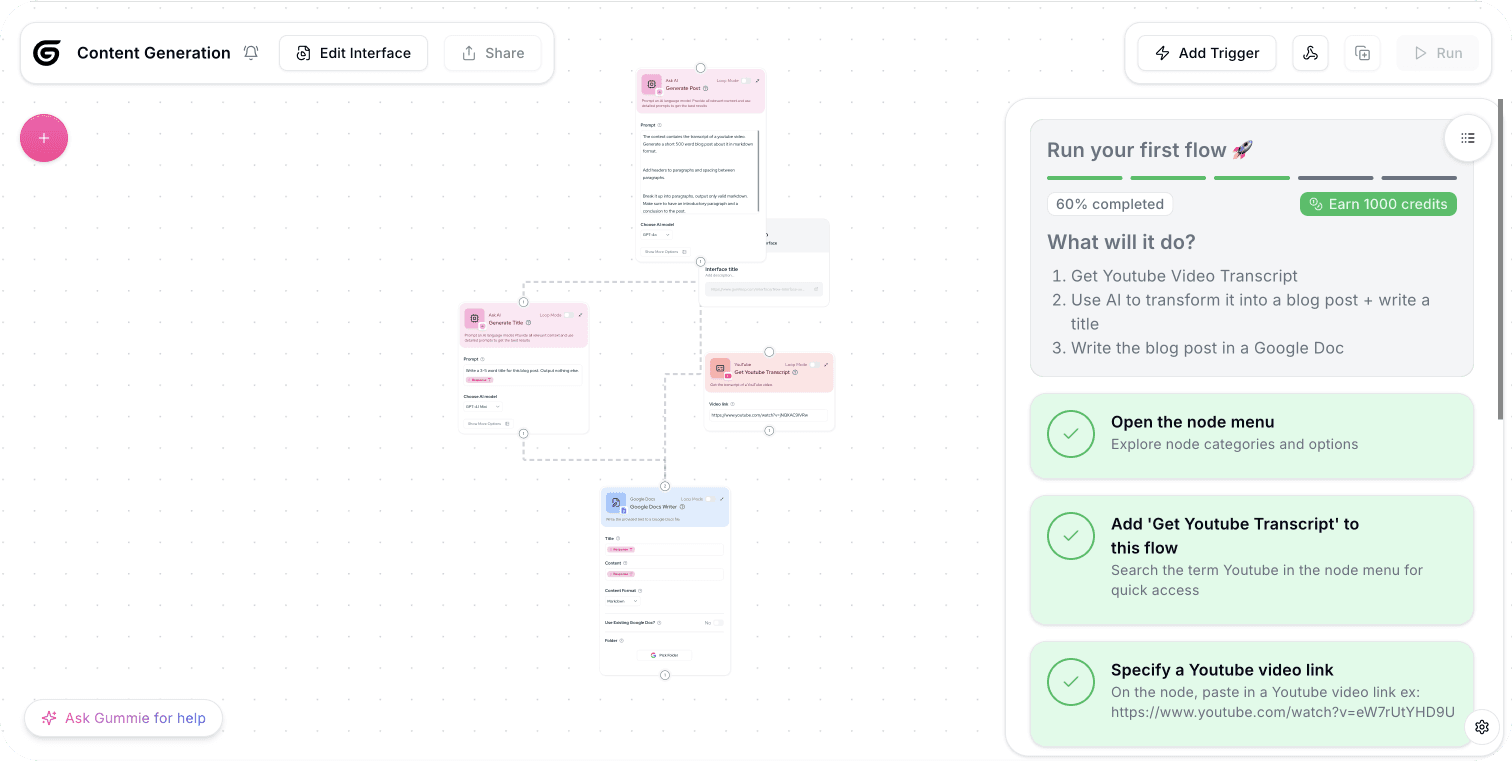
Gumloop
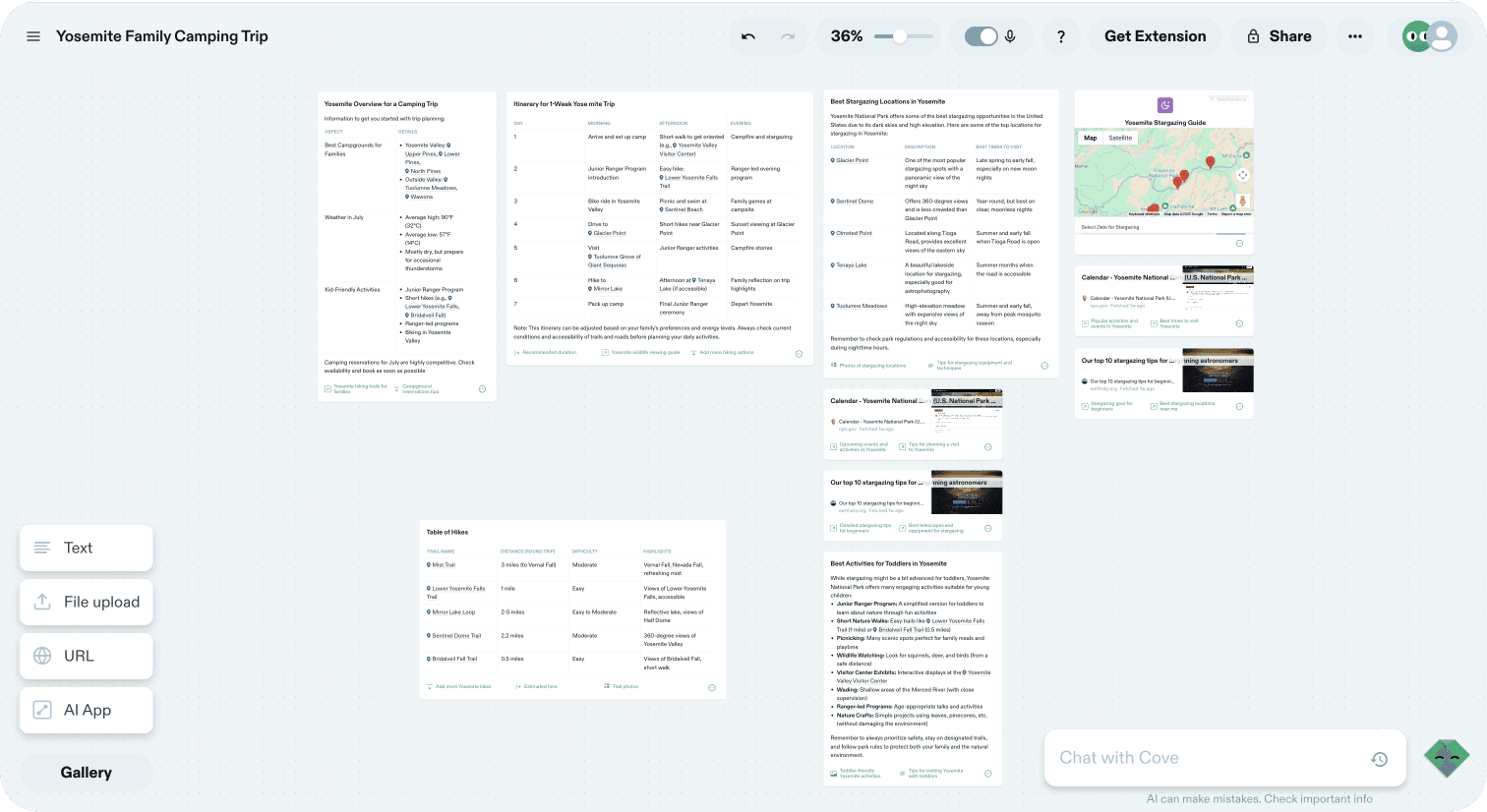
Cove

Vapi
Voice Interfaces
Interfaces where users primarily interact via speech.
Examples
Hands-free workflows for warehouse or field workers
AI phone agents making calls to reschedule or collect data (Check Retell AI)
Interaction Patterns:
Wake words and clear listening indicators
Training conversation flows (and defining steps)
Interruption handling and recovery
Confirmation steps (only voice?)
Fallbacks for noisy environments or failed recognition
Visual clues for voice+UI interactions
Transcripts for visibility
Tools: Google Assistant, Retell AI, Descript (Overdub), Otter.ai, Vapi
😅 Challenges:
No visual feedback about system status or understanding
Indicator that AI is actively listening
Device mute state → failure
Latency can be frustrating (conversation can feel robotic)
Maintaining context across fragmented or broken inputs
Accessibility for users with speech impairments
Making the system’s understanding visible (supporting multi-modality)
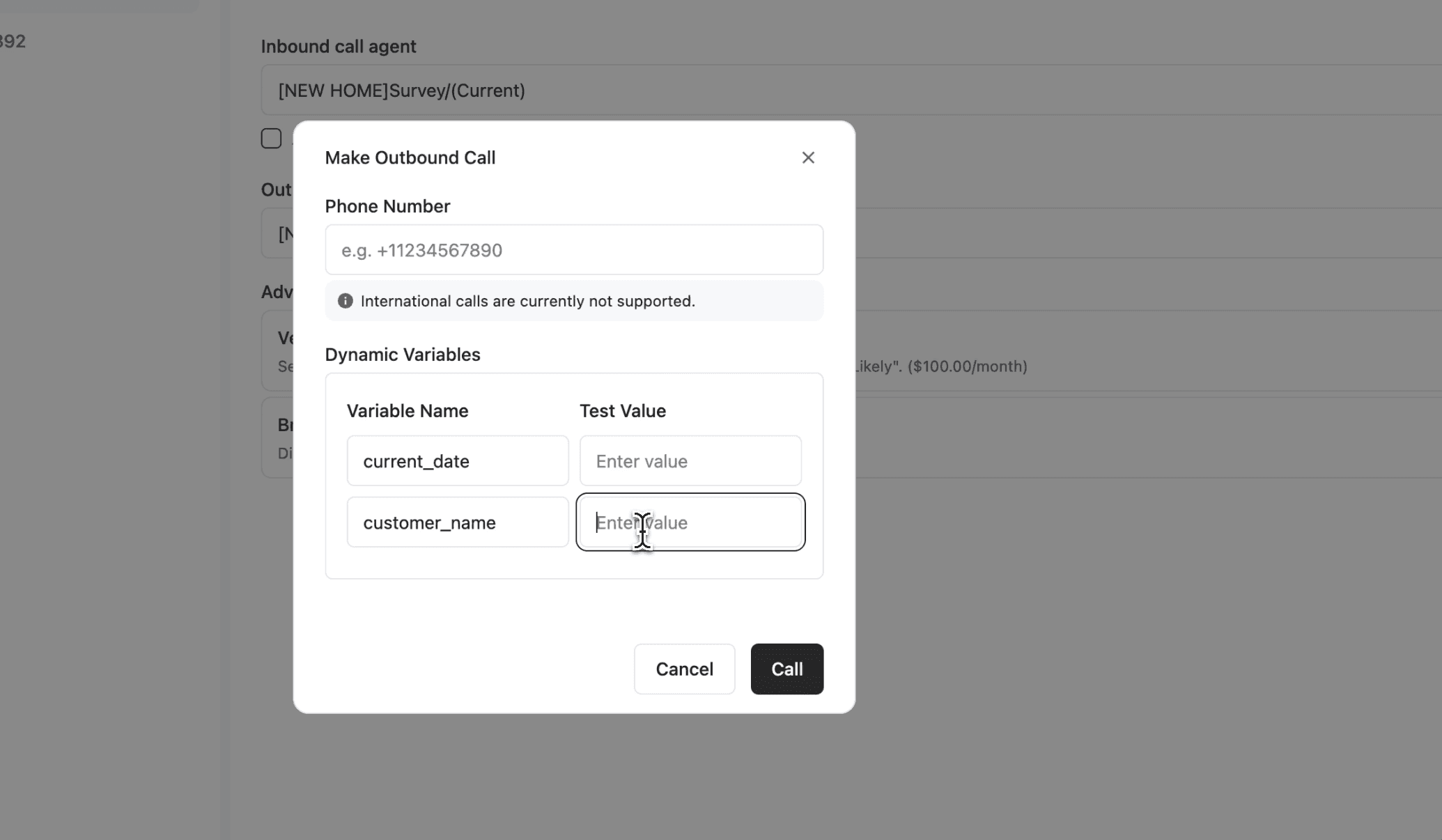
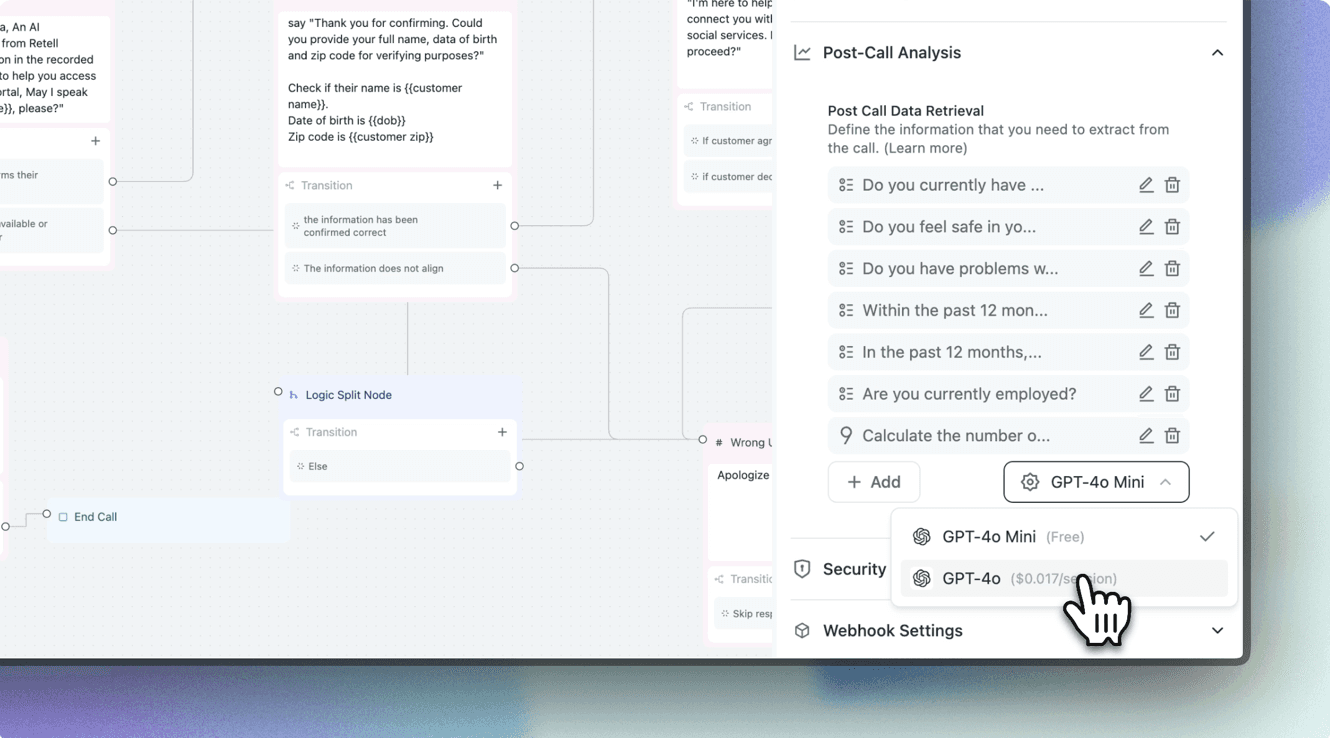
Retell AI
Prompt-to-Output Interfaces
Systems that generate complex content (e.g., images, videos, designs, or code) from simple prompts.
Examples:
Writing “Landing page for a fintech app” and getting a full layout
Generating a blog post from a topic prompt
Asking, “Make a 1-minute highlight reel from this 20-minute video”
Tools: Figma AI, Framer AI, Canva Magic, Notion AI, Claude, Lovable
More examples and tools here →
Interaction Patterns:
Progressive refinement controls (e.g., sliders, edit prompts)
Previews before high-fidelity generation (especially for videos → generating low-fidelity for version 1)
Cost and time estimates before processing
Libraries of templates
History tracking of successful generations
Output versioning and branching
Export in multiple formats
Loading animations during long generations or clear feedback on how much time the process will take (with notification via email when the job is done)
😅 Challenges:
Long processing times require clear progress feedback
Resource-heavy outputs may consume user credits or quotas
Initial outputs often need substantial refinement
Managing expectations about output fidelity '
Giving users meaningful control without overloading them
Allowing for low-fidelity drafts during iteration
Handling harmful, low-quality, or biased outputs safely
Iterative Prompting & Feedback
Interfaces where users refine generated outputs over time—with branching, feedback, or manual edits.
Examples:
Highlighting a paragraph and asking, “Change the tone… ”
Giving feedback like “More playful” or “Add stats” to a generated email
Comparing different versions of a product name and merging favorites
Tools: Figma AI (copy plugins), Canva, Framer AI, Copilot Chat, Midjourney Remix
Interaction Patterns:
Highlight-and-refine tools
Smart merging of user edits and AI generations
Version history with a visual diff
Undo/redo across versions
Inline feedback fields (e.g., “make this shorter”)
😅 Challenges:
Tracking small refinements without losing intent
Handling branching versions and edits
Encouraging exploration without wasting tokens/credits
Helping users understand what can be edited
Preventing version fatigue or loops/hallucinations

GitHub Copilot
Context-Aware Interfaces
Systems that adapt interface behavior based on user actions, context, and patterns.
Examples:
A writing tool suggesting citations when it sees “According to...”
An IDE surfacing security suggestions when writing login flows
An email tool nudging you to attach a file after writing “see attached.”
Tools: Github Copilot, GrammarlyGO, Notion AI, Superhuman, Zuni
Interaction Patterns:
Dynamic layouts
Context-sensitive help and guidance
Override options to take manual control
Interfaces that improve with repeated use
😅 Challenges:
Balancing predictability with intelligent adaptability
Managing cognitive load when interfaces shift (when to hide toolbars, etc.)
How to check UX, if layout changes based on X factors
How to respect accessibility needs
AI Assistants
Personalized, intelligent guides embedded in your product.
Onboarding tutorials that evolve based on user behavior
Suggest the next steps after user analysis (e.g., “Want to create a chart from this data?”)
Giving live performance tips during design or writing tasks
Tools: Notion AI, GrammarlyGO, Microsoft Copilot, Framer AI onboarding flows
Interaction Patterns:
Contextual suggestions triggered by user behavior
Progressive disclosure of advanced features
Multi-modal delivery: text, tooltip, chat, walkthrough
Learning from user preferences over time
😅 Challenges:
Helping without annoying
Supporting voice, chat, visual, and written instructions
Building credibility: when to speak up vs. stay silent
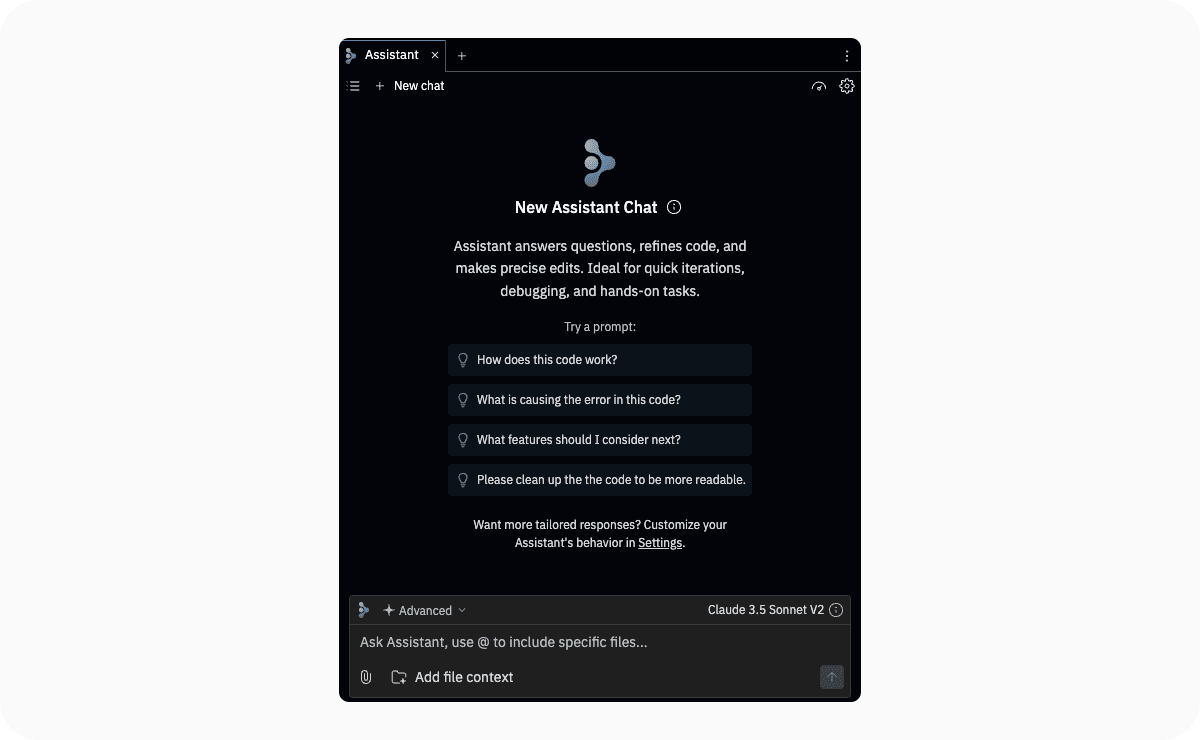

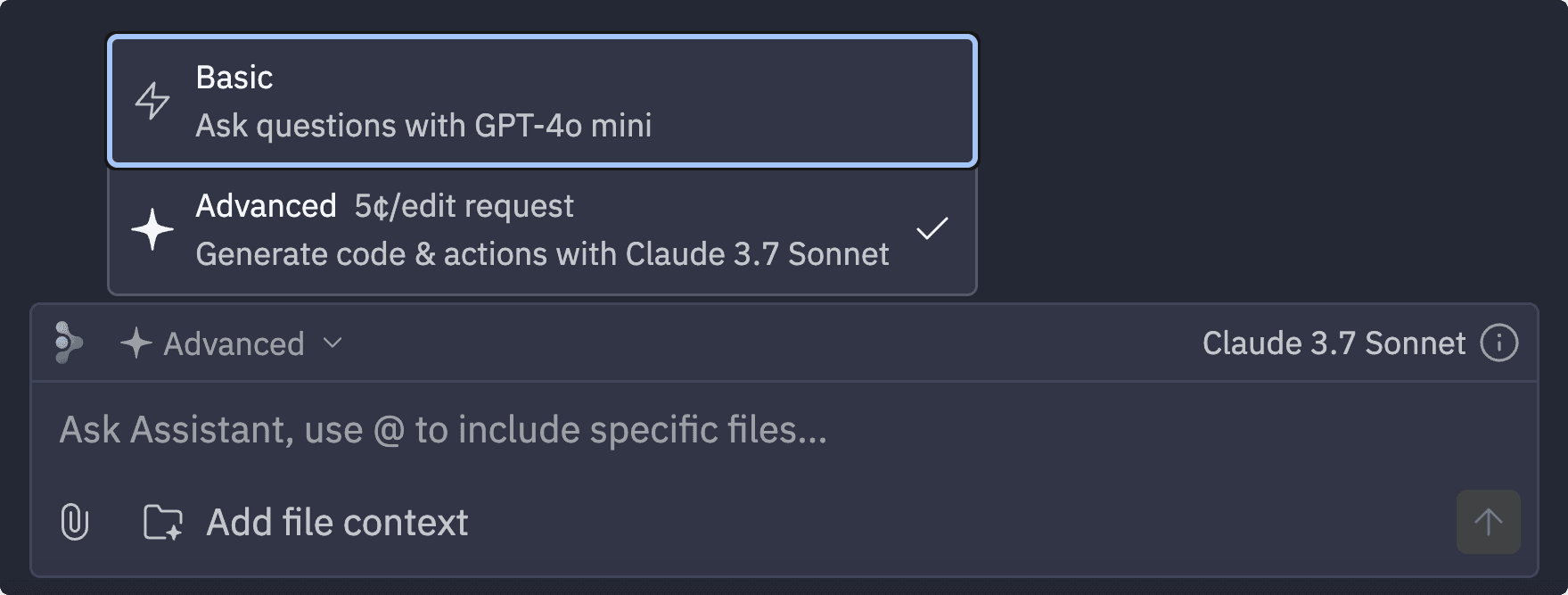

Replit

Gumloop
Multi-Agent Workflows
Systems that coordinate multiple AI agents to complete tasks together.
Examples:
Generating a report: one agent researches, another summarizes, a third formats the doc
Chained bots: detect mood → adjust copy tone → regenerate visual
Agents that critique or verify each other before showing the result
Tools: LangChain, AutoGen, Make.com, CrewAI, Zapier
Interaction Patterns:
Modular agents with defined roles and connectors
Branching logic for decisions
Logs, previews, and agent-specific debugging
Shared workflows editable by multiple users
😅 Challenges:
Explaining what each agent does and why
Debugging workflows when multiple agents are involved
Managing cost and latency
Preventing circular logic or agent conflict
Showing history and traceability clearly (+rollbacks)
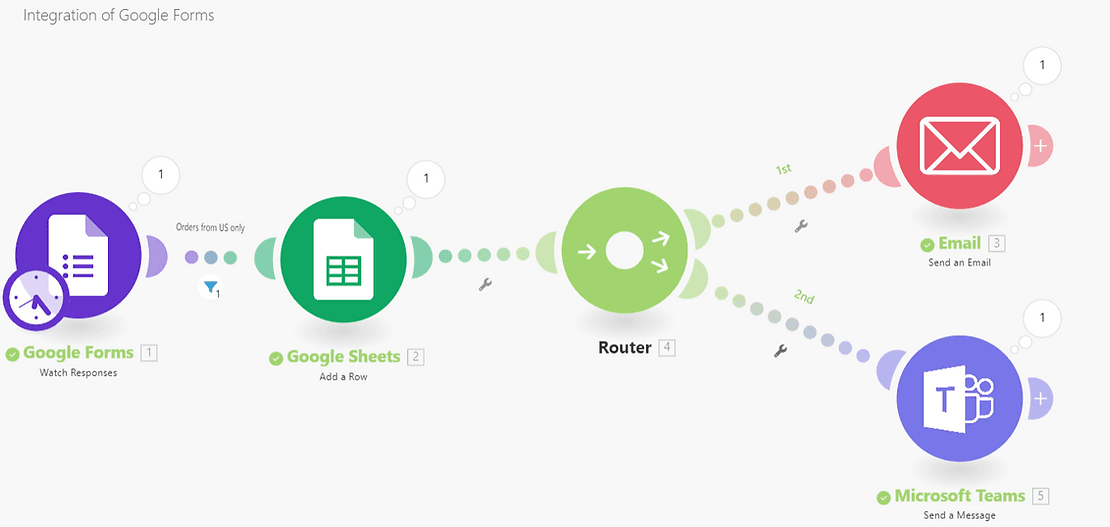
Make.com
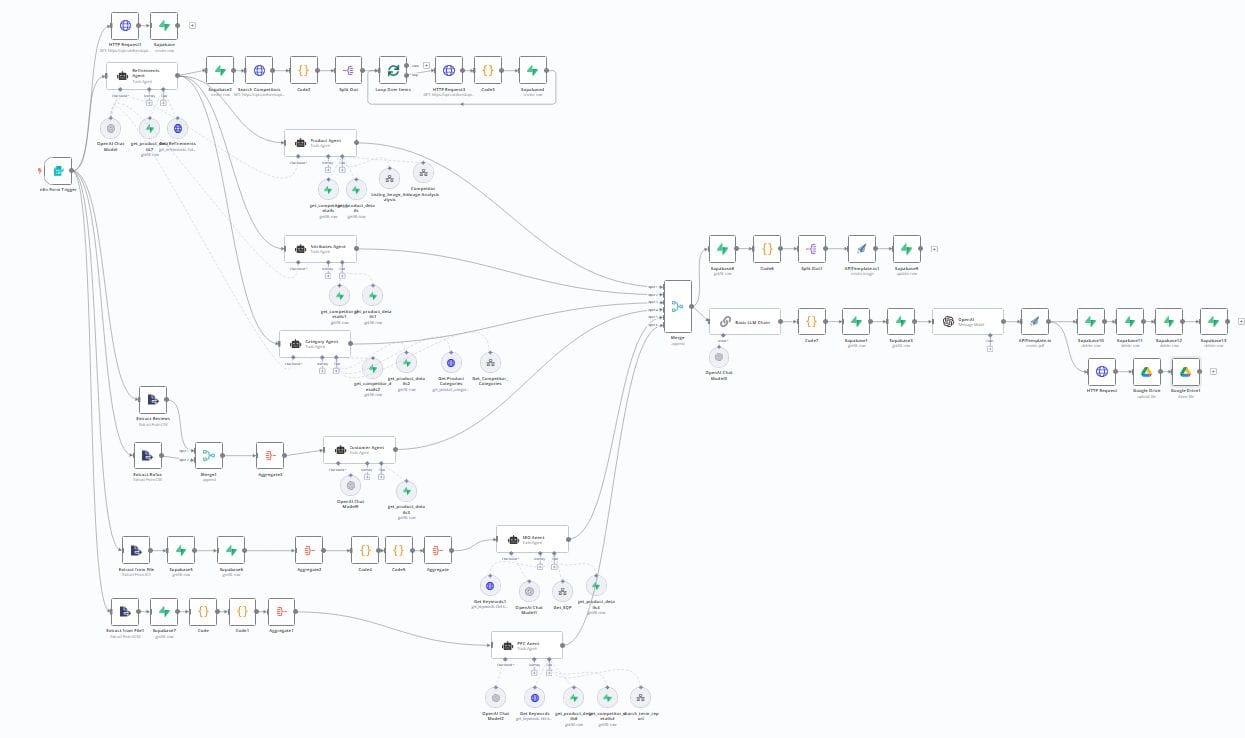
Source n8n
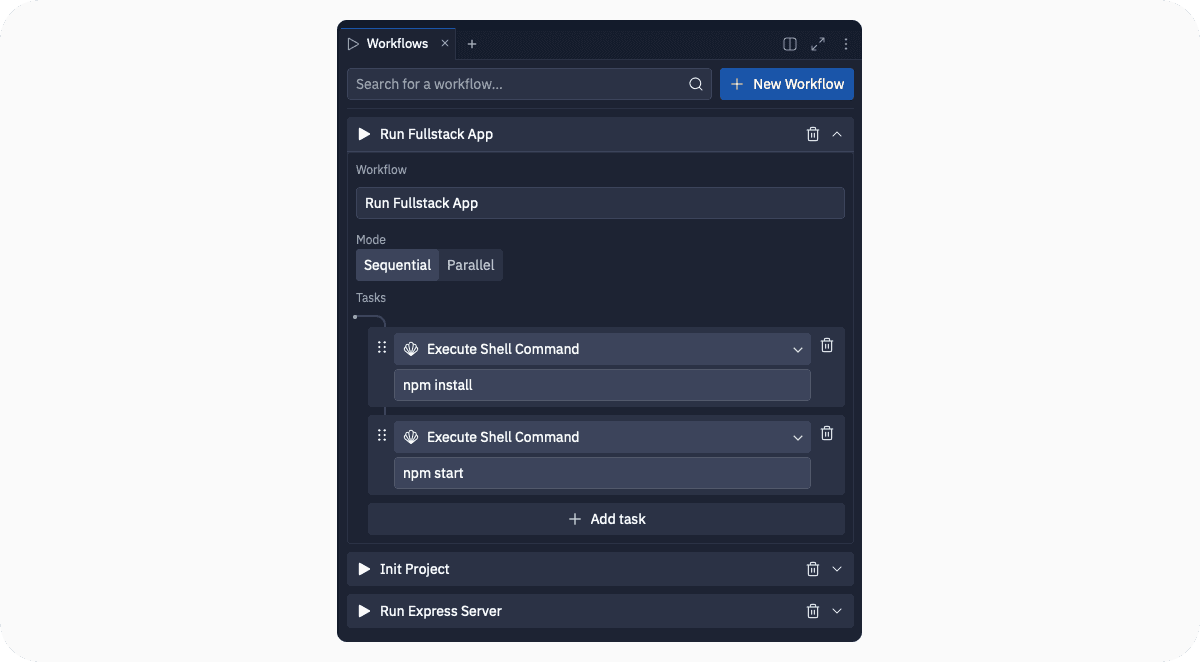
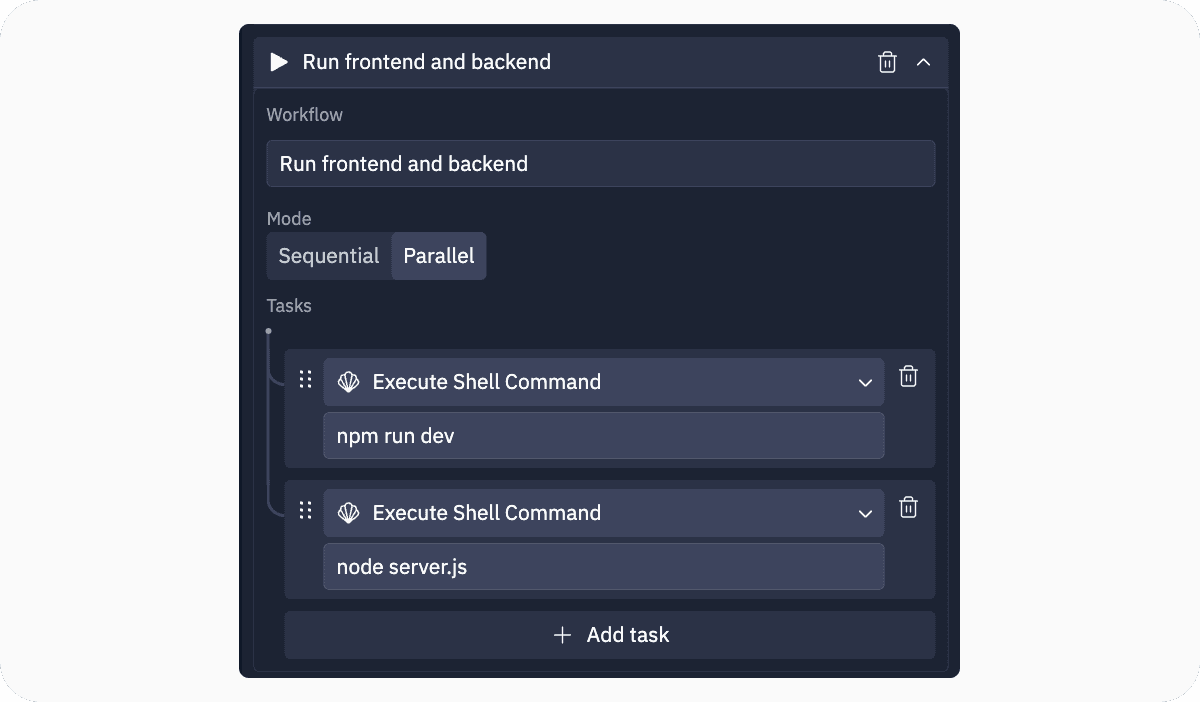
Replit
Defining steps
Showing next steps and confirming AI suggested ones.
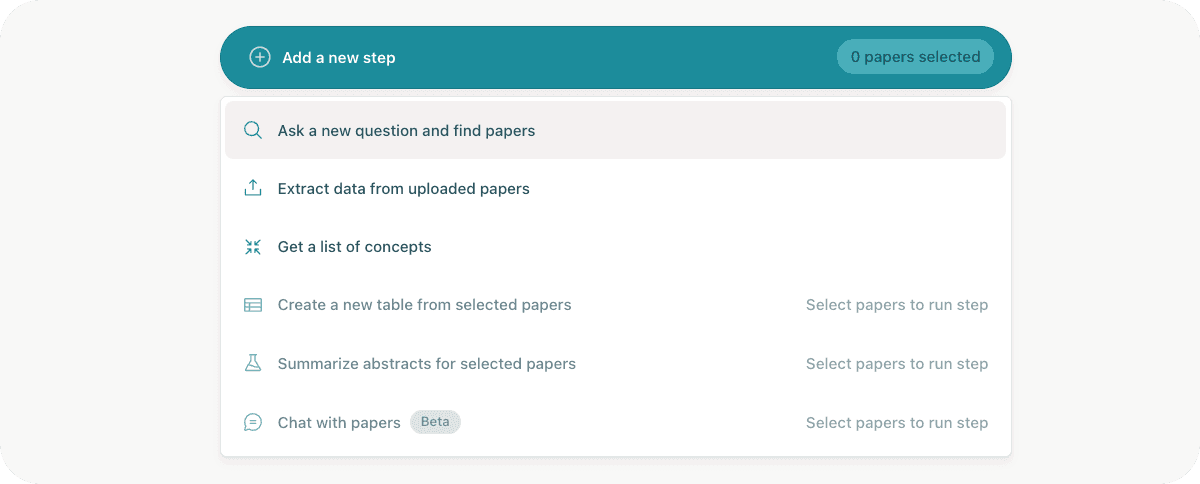
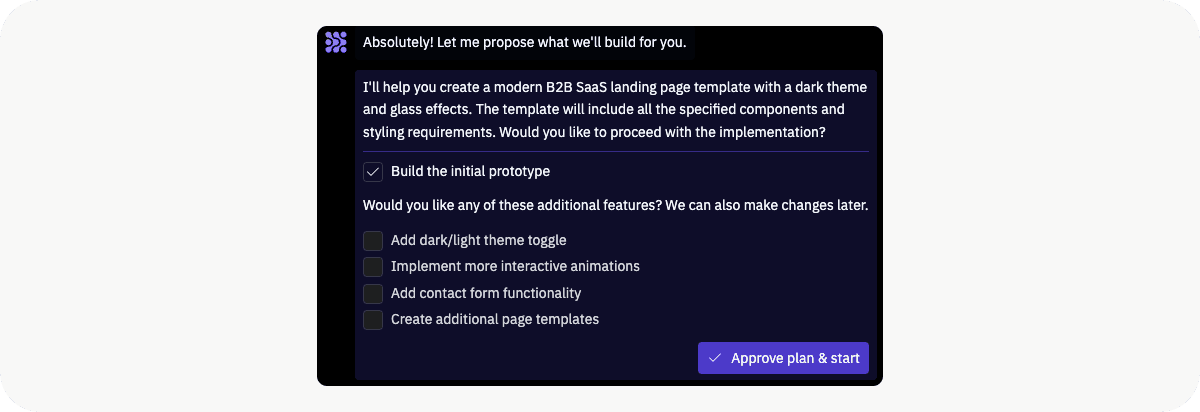

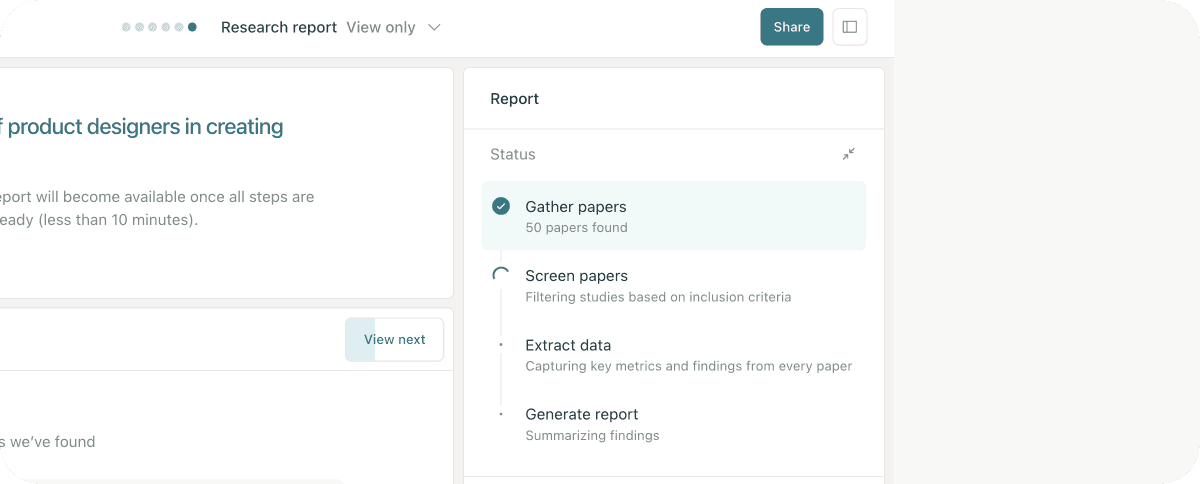
Managing credits
Connected with trust is also showing usage options.
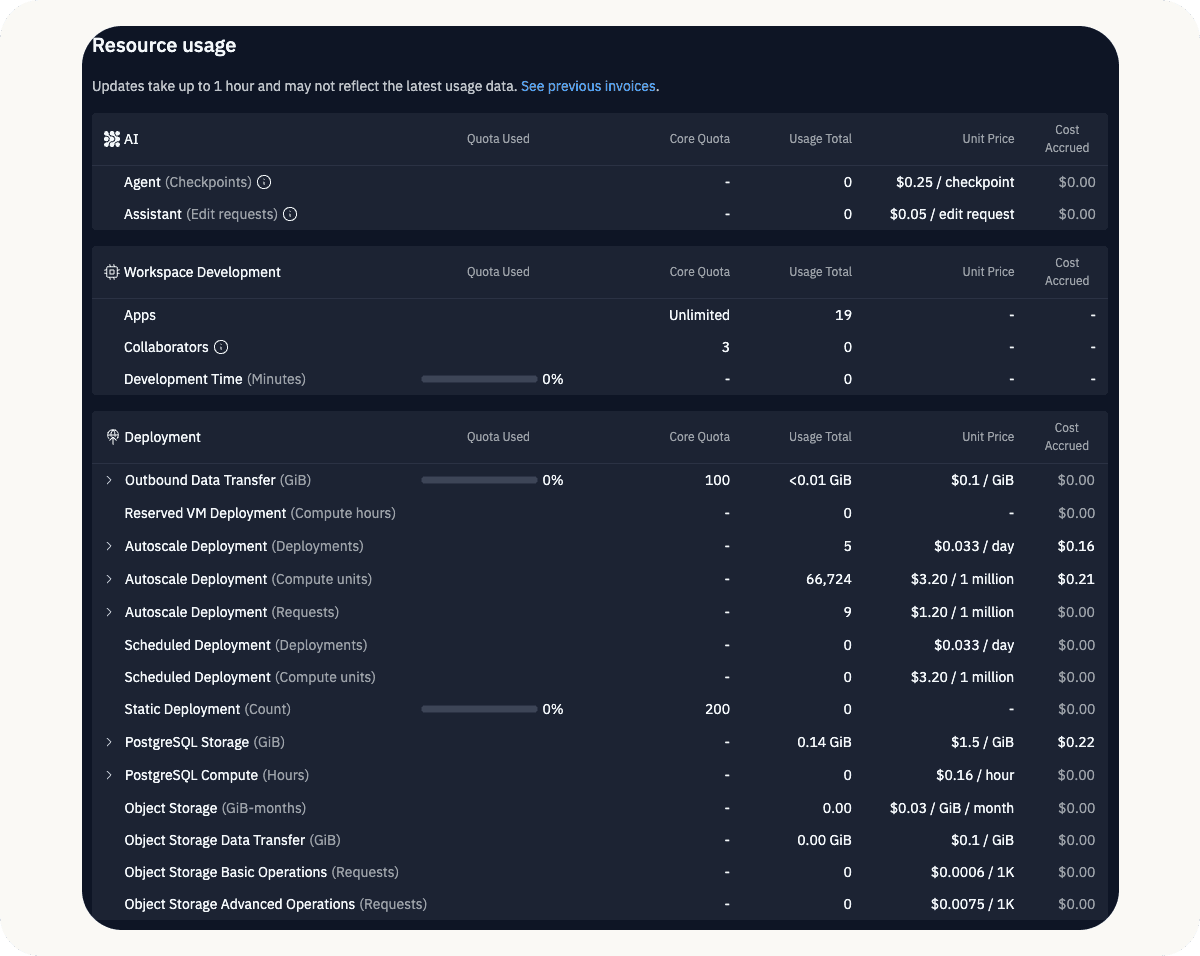

All in all, we need to start adding:
AI component libraries (prompt boxes, loading indicators, feedback controls)
AI-specific design tokens -> update naming conventions
Accessibility expectations for AI-generated interactions
Decide how to document AI behaviors
Guidelines for context-aware components – how to prototype, test, and scale components that adapt to conversations and user behavior
Think about cognitive load when adding personalized/adaptive interfaces
Rules for what AI can create, change, and when attribution is needed

I'm Romina Kavcic. I coach design teams on implementing design systems, optimizing design processes, and developing design strategy.
